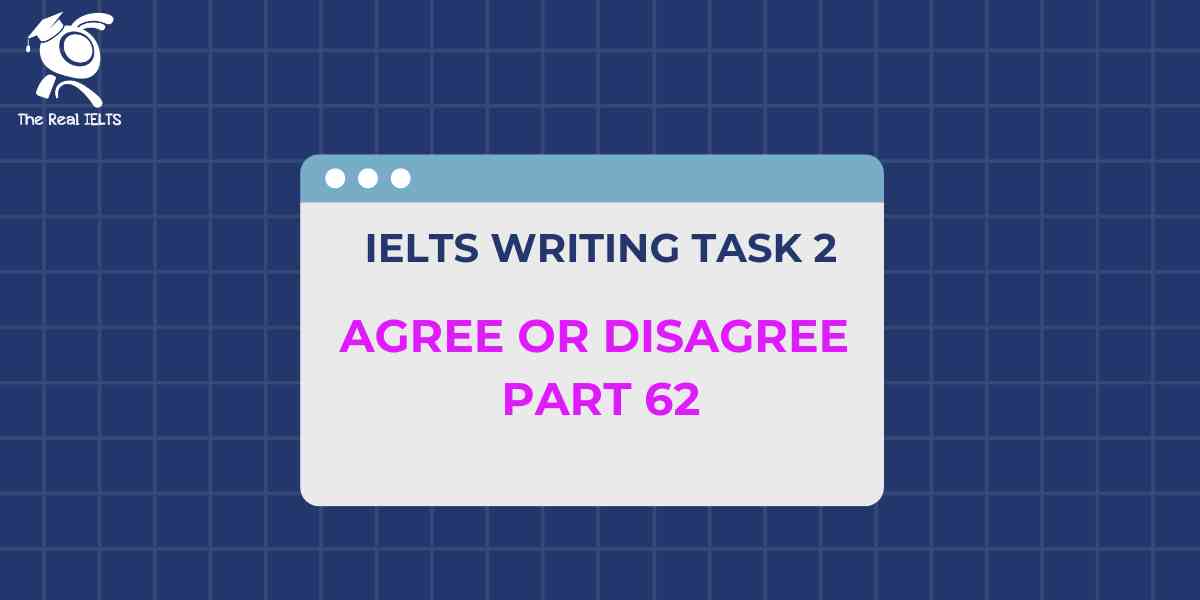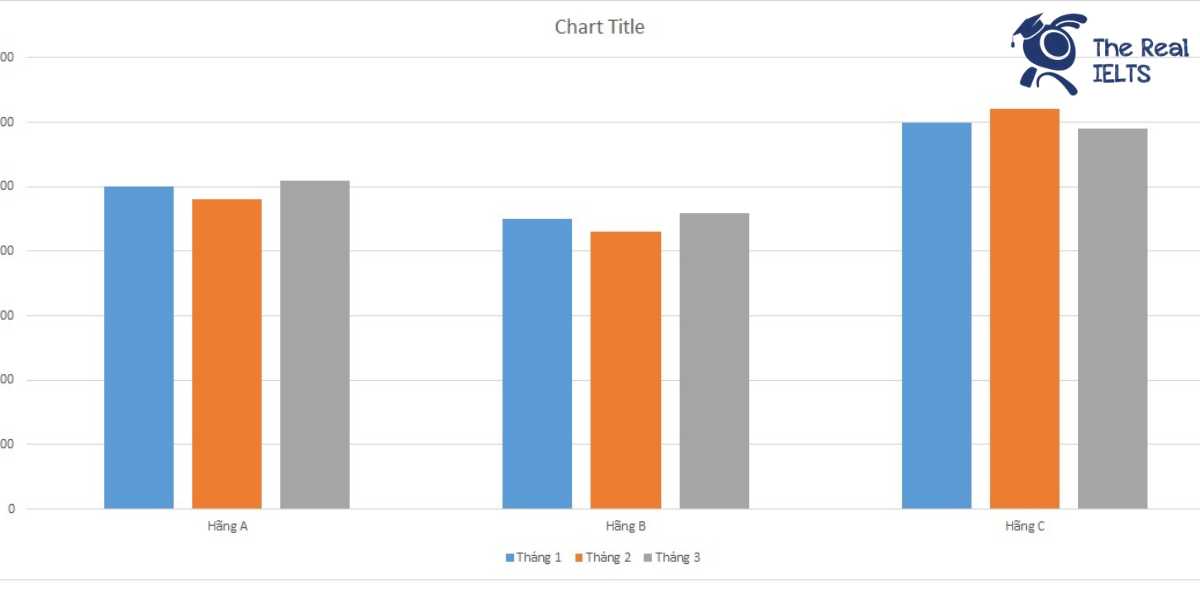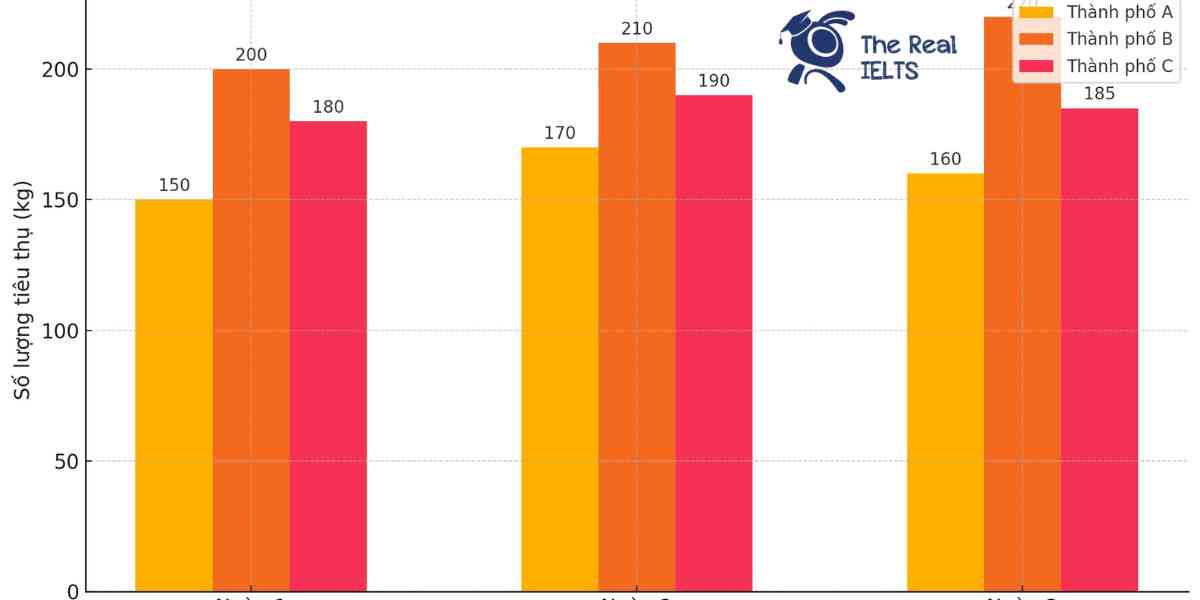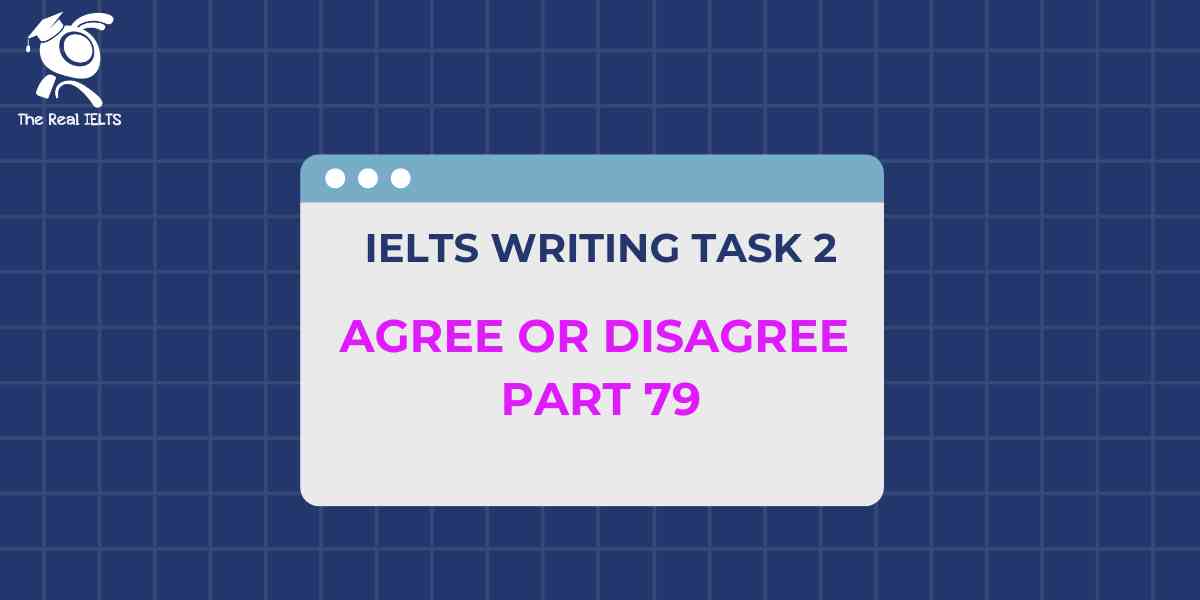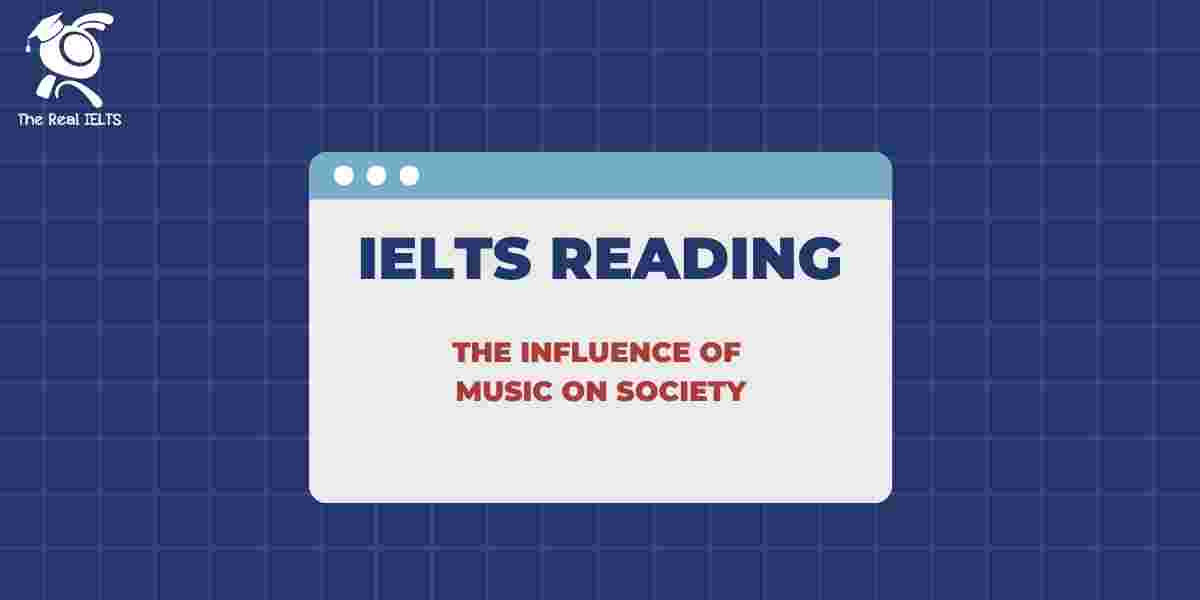Đề bài IELTS Writing Task 2 dạng Agree or Disagree Part 62:
You should spend about 40 minutes on this task
The government should impose higher taxes on unhealthy foods. To what extent do you agree or disagree?
Write at least 250 words.
Giải mẫu IELTS Writing
The issue of imposing higher taxes on unhealthy foods has been a topic of considerable debate. While some argue that this measure could help reduce the consumption of harmful products and improve public health, others believe that it may not be the most effective solution and could have unintended consequences. In this essay, I will discuss both perspectives and explain why I agree to some extent with the idea of higher taxes on unhealthy foods.
On the one hand, increasing taxes on unhealthy foods could significantly reduce their consumption. By making these products more expensive, people might be less inclined to purchase them, thereby promoting healthier eating habits. This approach has been successful in other areas, such as tobacco control, where higher taxes have led to reduced smoking rates. Furthermore, the additional revenue generated from these taxes could be used to fund public health initiatives, such as education campaigns about nutrition and subsidies for healthier food options. This could create a positive cycle of health improvement and economic benefit.
However, there are valid concerns about the effectiveness and fairness of this policy. Firstly, higher taxes on unhealthy foods could disproportionately affect low-income individuals and families. These groups often rely on cheaper, unhealthy food options due to financial constraints. By increasing the cost of these foods, the government may inadvertently exacerbate food insecurity and inequality. Additionally, there is no guarantee that higher prices will lead to healthier choices. People might simply switch to other unhealthy but less expensive options, or continue to purchase unhealthy foods despite the higher cost, leading to minimal impact on overall public health.
Another argument against higher taxes is that it could lead to a black market for unhealthy foods. Just as with other heavily taxed products, such as alcohol and cigarettes, people might seek out illegal or unregulated sources to avoid paying higher prices. This could undermine the intended health benefits and create additional challenges for law enforcement and regulatory agencies.
In conclusion, while imposing higher taxes on unhealthy foods has the potential to promote healthier eating habits and generate revenue for public health initiatives, it also raises concerns about fairness and effectiveness. I believe that a more comprehensive approach, combining taxation with education and support for healthier alternatives, would be more effective in addressing the issue of unhealthy eating. Therefore, I agree to some extent with the idea of higher taxes on unhealthy foods, but I also believe that it should be part of a broader strategy to improve public health.
Cấu trúc ngữ pháp và cấu trúc câu
Cấu trúc câu và cấu trúc ngữ pháp trong bài viết
- Câu đơn (Simple Sentence):
- “This approach has been successful in other areas, such as tobacco control, where higher taxes have led to reduced smoking rates.”
- “People might simply switch to other unhealthy but less expensive options, or continue to purchase unhealthy foods despite the higher cost, leading to minimal impact on overall public health.”
- Câu ghép (Compound Sentence):
- “By making these products more expensive, people might be less inclined to purchase them, thereby promoting healthier eating habits.”
- “This could create a positive cycle of health improvement and economic benefit.”
- “I believe that a more comprehensive approach, combining taxation with education and support for healthier alternatives, would be more effective in addressing the issue of unhealthy eating.”
- Câu phức (Complex Sentence):
- “While some argue that this measure could help reduce the consumption of harmful products and improve public health, others believe that it may not be the most effective solution and could have unintended consequences.”
- “By increasing the cost of these foods, the government may inadvertently exacerbate food insecurity and inequality.”
- “Just as with other heavily taxed products, such as alcohol and cigarettes, people might seek out illegal or unregulated sources to avoid paying higher prices.”
- “Therefore, I agree to some extent with the idea of higher taxes on unhealthy foods, but I also believe that it should be part of a broader strategy to improve public health.”
Từ kết nối các câu và các đoạn
- Từ nối cho câu ghép:
- “and” (Liên kết các ý tương đương)
- “but” (Liên kết ý tương phản)
- “or” (Liên kết các lựa chọn)
- Từ nối cho câu phức:
- “while” (Mặc dù, thể hiện sự tương phản giữa các ý)
- “where” (Định vị nơi chốn hoặc tình huống cụ thể)
- “such as” (Ví dụ như, để đưa ra ví dụ cụ thể)
- “furthermore” (Thêm vào đó, để bổ sung thông tin)
- “firstly” (Thứ nhất, để liệt kê các điểm chính)
- “additionally” (Thêm vào đó, để bổ sung thông tin)
- “leading to” (Dẫn đến, chỉ kết quả của hành động trước đó)
- “another argument” (Lý do khác, để đưa ra thêm lập luận)
- “just as” (Giống như, để so sánh)
- “therefore” (Vì vậy, để đưa ra kết luận)
- Từ nối đoạn văn:
- “on the one hand” (Một mặt, để bắt đầu trình bày một ý kiến)
- “however” (Tuy nhiên, để chỉ ra ý kiến trái ngược)
- “in conclusion” (Kết luận, để tổng kết bài viết)
Việc sử dụng các cấu trúc câu và từ nối giúp bài viết rõ ràng, mạch lạc và dễ hiểu hơn.
Các từ vựng tiếng Anh cần lưu ý trong bài viết
- Impose – Áp đặt
- Unhealthy foods – Thực phẩm không lành mạnh
- Considerable debate – Tranh luận đáng kể
- Measure – Biện pháp
- Consumption – Sự tiêu thụ
- Harmful products – Sản phẩm có hại
- Public health – Sức khỏe cộng đồng
- Unintended consequences – Hậu quả không mong muốn
- Reduce – Giảm
- Promote – Thúc đẩy
- Eating habits – Thói quen ăn uống
- Approach – Cách tiếp cận
- Tobacco control – Kiểm soát thuốc lá
- Subsidies – Trợ cấp
- Economic benefit – Lợi ích kinh tế
- Effectiveness – Hiệu quả
- Fairness – Sự công bằng
- Disproportionately – Không tương xứng
- Financial constraints – Hạn chế tài chính
- Food insecurity – Bất an về lương thực
- Inequality – Sự bất bình đẳng
- Guaranteed – Được đảm bảo
- Minimal impact – Tác động tối thiểu
- Black market – Thị trường chợ đen
- Regulated sources – Nguồn được quy định
- Undermine – Làm suy yếu
- Intended health benefits – Lợi ích sức khỏe dự định
- Comprehensive approach – Cách tiếp cận toàn diện
- Strategy – Chiến lược
Đọc thêm các bài Luyện Thi IELTS khác trong link nhé.


